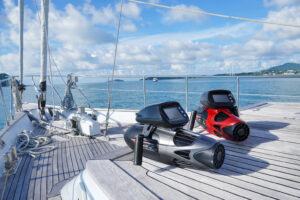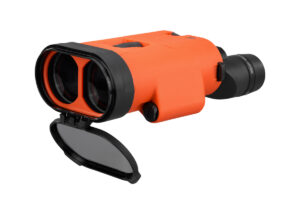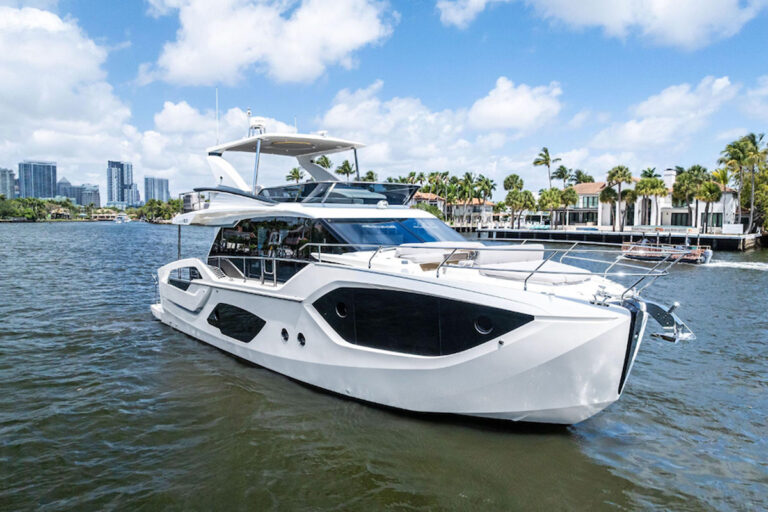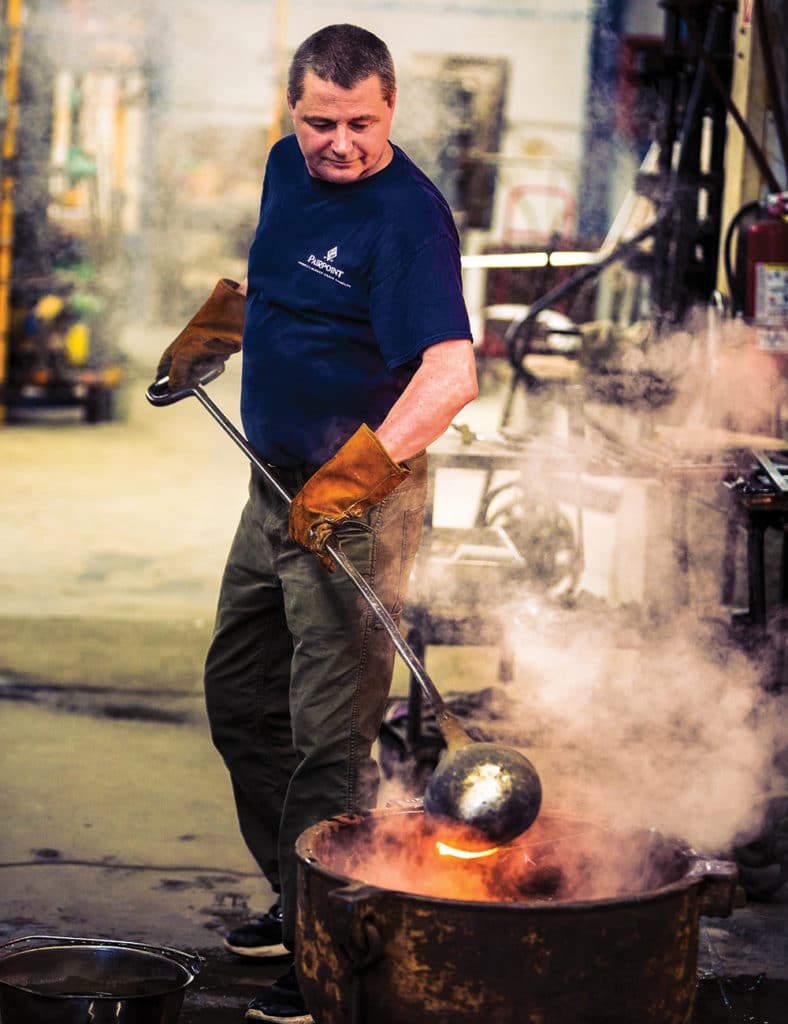
Alastair ross, back in the day, was the lead glass blower at Pairpoint Glass. He held the job a few decades ago, after the company moved to its current location on Cape Cod, Massachusetts. Alastair’s son, Ian, would watch his father work with furnaces, molten glass and lead ladles to turn mounds of scorching-hot, shapeless material into things of beauty. Today, Ian (shown in the photograph at left) is the master glass blower at Pairpoint, which is now America’s oldest glass company, in year 181 of operations. And among the things that Ian’s hands regularly create are the handblown glass shades for Imtra‘s newly restyled St. Maarten Reading Lights, which yachtsmen can order with spherical- or martini-shaped shades.
“Words can’t do justice to the amount of control and expertise,” says Jeff Tulman, co-owner of Pairpoint. “He opens this piece up into the shape that you would see. He’s going to make a conical piece by using jacks, which are large, tweezer-looking tools. He opens up that piece with very specific measurements, and he uses calipers that are set even before he gets started for the specifications of the final piece. He’ll take up the calipers and compare the opening to the piece that he’s working on, constantly sizing it while he’s trying to maintain the temperature and finalize the shape so that he has a consistently produced product.”
Beyond that level of handcrafted finesse, Ian is also the one who adds the color swirls that you can see in the photographs above. Machine-filled factories in China or elsewhere might paint those effects onto mass-produced glass shades — leaving them vulnerable to scratching and ruin — but at Pairpoint, the swirls are part of the glassmaking artistry, formed at the same time that Ian is creating each shade’s shape.
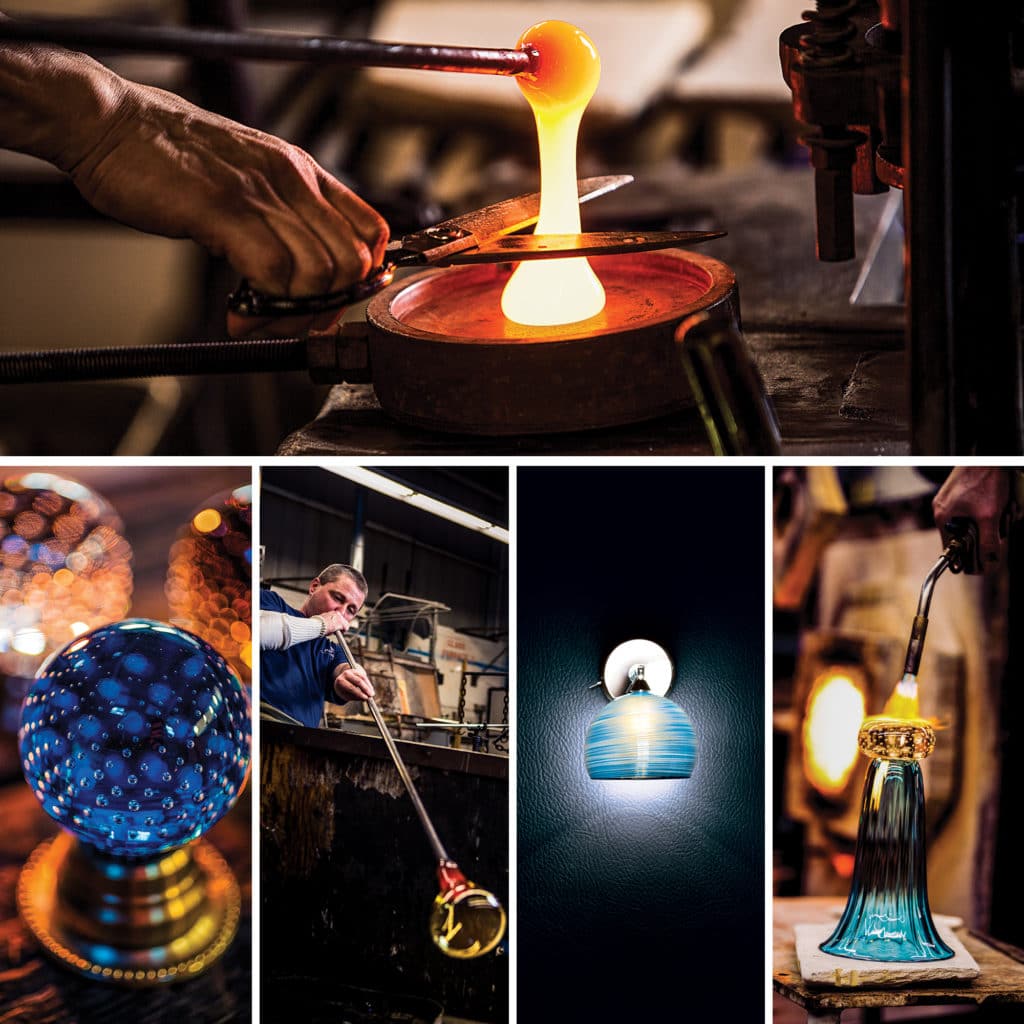
“The swirling of the color is the friction of these tools dragging the outer layer of the glass, and that starts the pattern,” Tulman says. “It couldn’t be any more handmade. And the tooling that we use is traditional. There’s nothing mechanized beyond what they mechanized generations ago.”
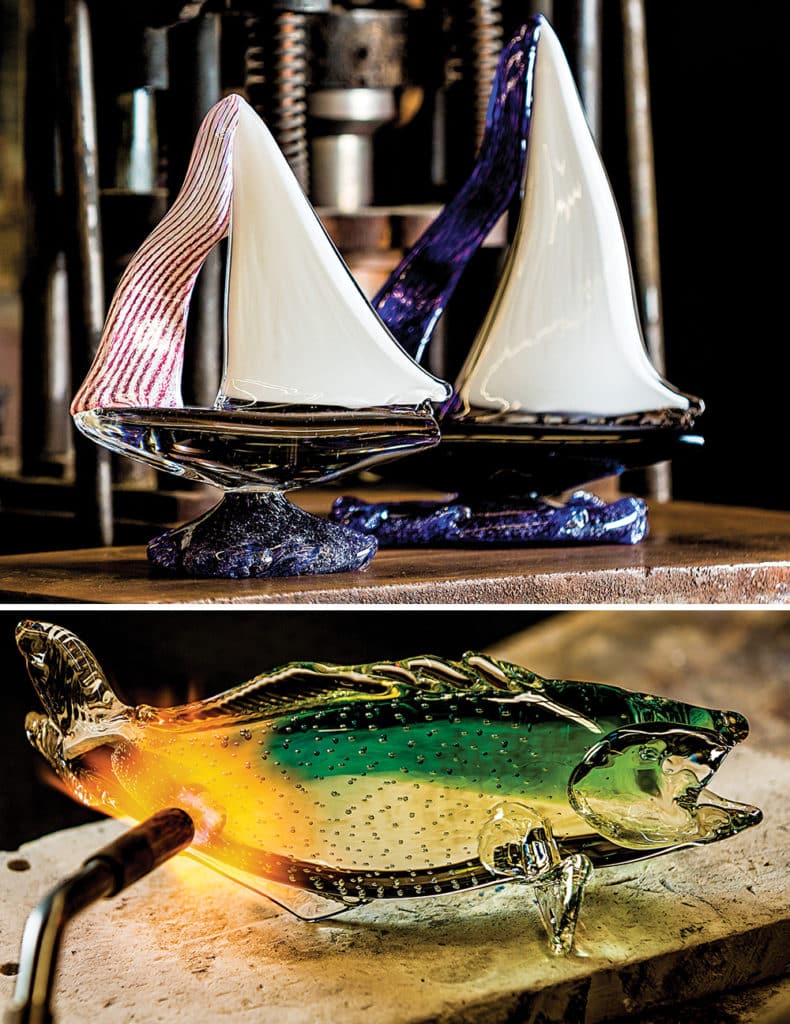
Imtra adds Pairpoint’s shades to chromed-brass, round or rectangular bases, so yachtsmen can choose the finished look. At $250 apiece, Tulman says, the lights are “an incredible value for what goes into it.”


